Romania’s Black Sea coastline offers a delightful blend of history, natural beauty, and vibrant culture. From ancient settlements with fascinating archaeological sites to modern resort towns with pristine beaches, the Romanian coast presents a unique European coastal experience that remains somewhat undiscovered by mass tourism.
Visitors can experience everything from lively beachfront promenades to tranquil fishing villages within a relatively compact area. Here is a list of 20 must-see towns along the Romanian coast that showcase the region’s diverse appeal.
Constanța
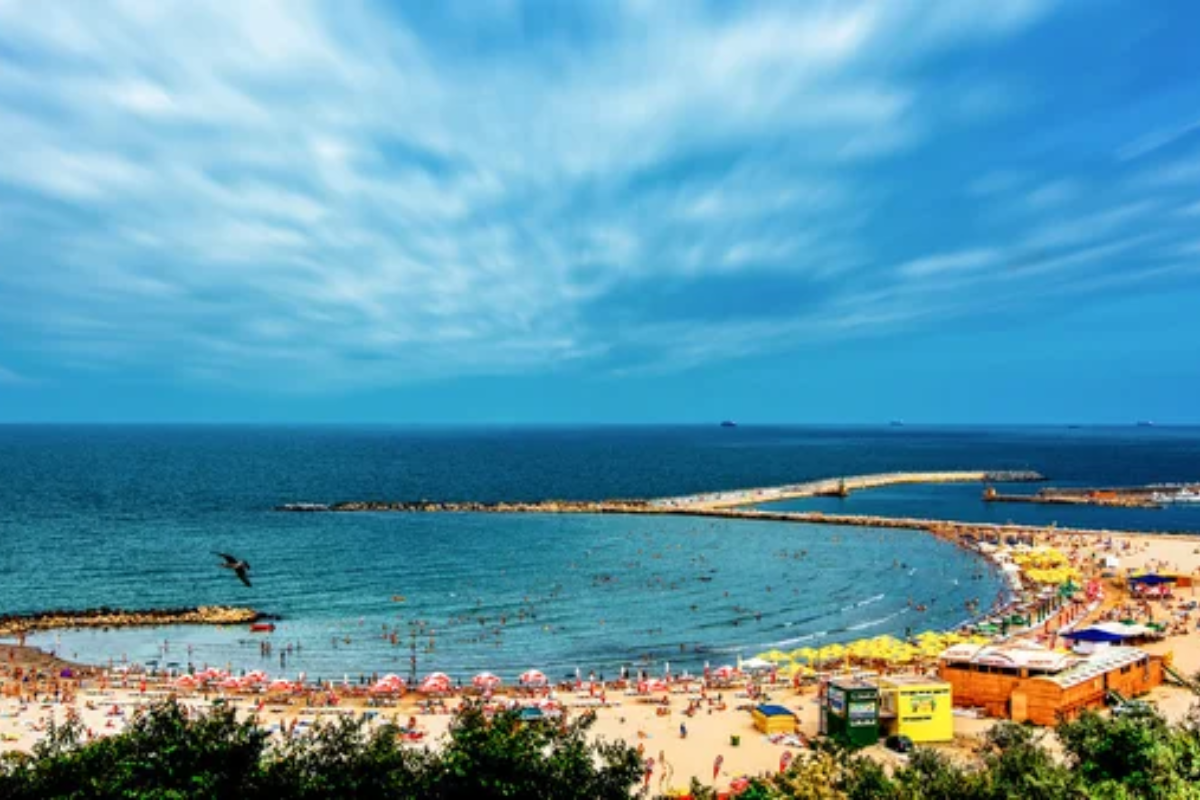
As Romania’s oldest continuously inhabited city, Constanța boasts over 2,500 years of history and serves as the country’s primary port. The stunning Casino building, perched dramatically on the seafront promenade, stands as an architectural masterpiece, even in its current state of partial disrepair, awaiting restoration.
Visitors can explore the excellent Archaeological Museum, which houses artifacts from ancient Greek and Roman times when the city was known as Tomis.
Mamaia
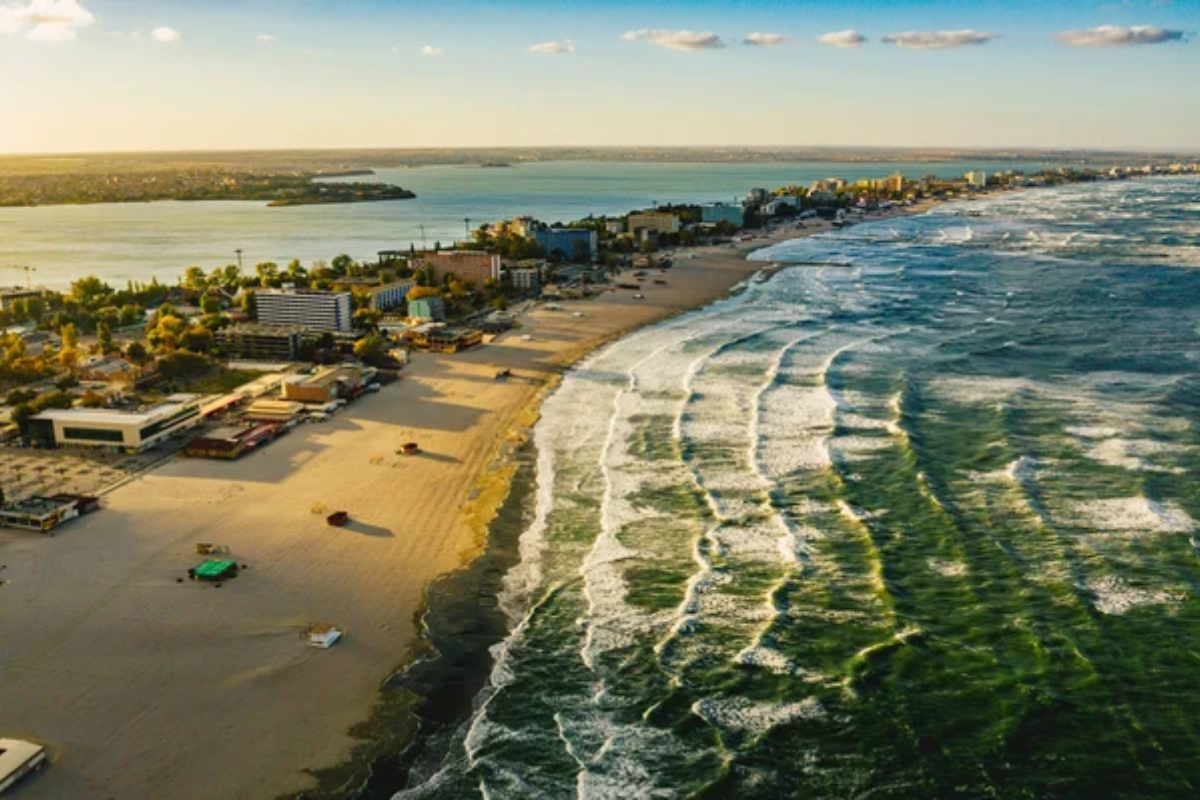
Connected to Constanța, Mamaia stretches along a narrow strip of land between the Black Sea and Lake Siutghiol, creating a resort with beaches on both sides. Its fine sand beaches extend for nearly 5 miles, making it Romania’s premier summer destination with a vibrant nightlife scene.
The town transforms completely between seasons, bustling with energy during summer months and becoming serenely quiet during winter.
Like Travel Pug’s content? Follow us on MSN.
Eforie Nord
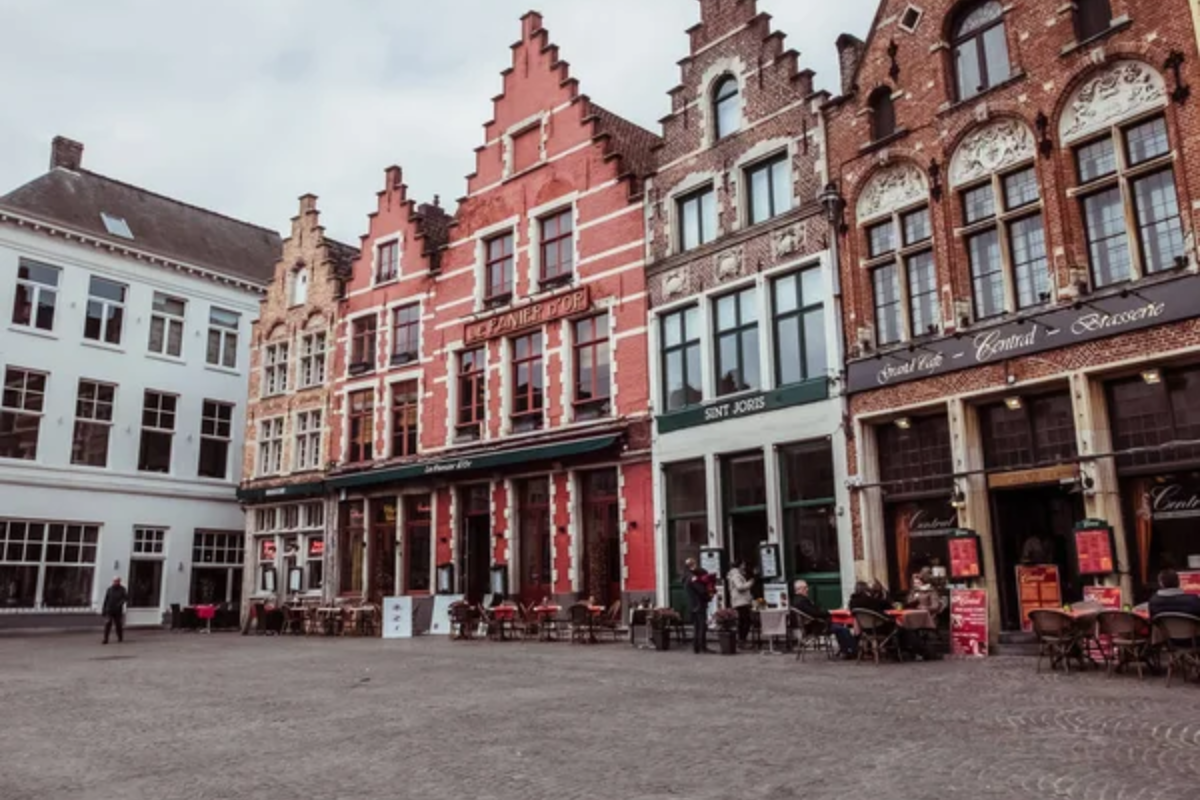
Known for its therapeutic mud and saltwater treatments, Eforie Nord attracts visitors seeking wellness alongside beach relaxation. The town’s spa facilities utilize the natural resources from nearby Lake Techirghiol, famous for its highly saline water and curative properties.
Its central beach is flanked by impressive limestone cliffs that provide a dramatic backdrop to sunbathing spots.
Eforie Sud
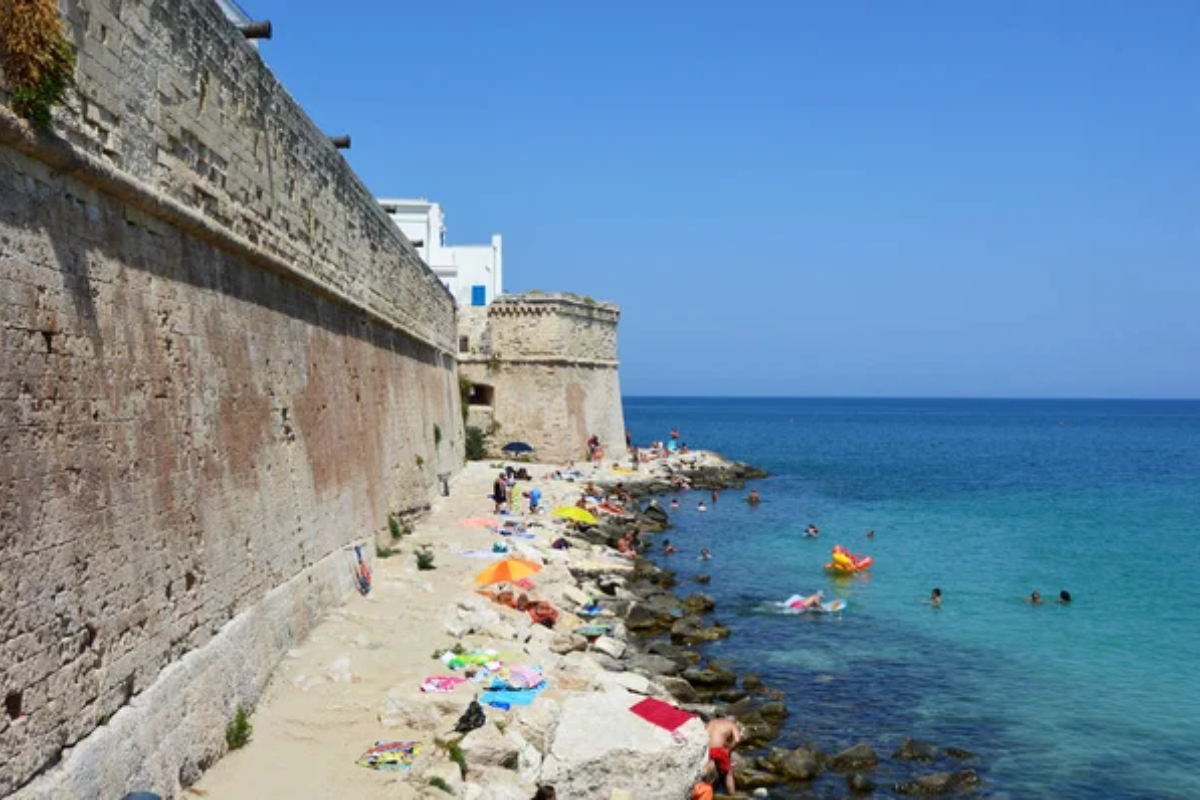
Smaller and more relaxed than its northern neighbor, Eforie Sud offers a family-friendly atmosphere with gentle slopes into the sea. The town features charming tree-lined streets and colorful gardens that bloom spectacularly during the summer.
Local restaurants here serve some of the freshest fish dishes along the coast, often caught the same morning by local fishermen.
Techirghiol
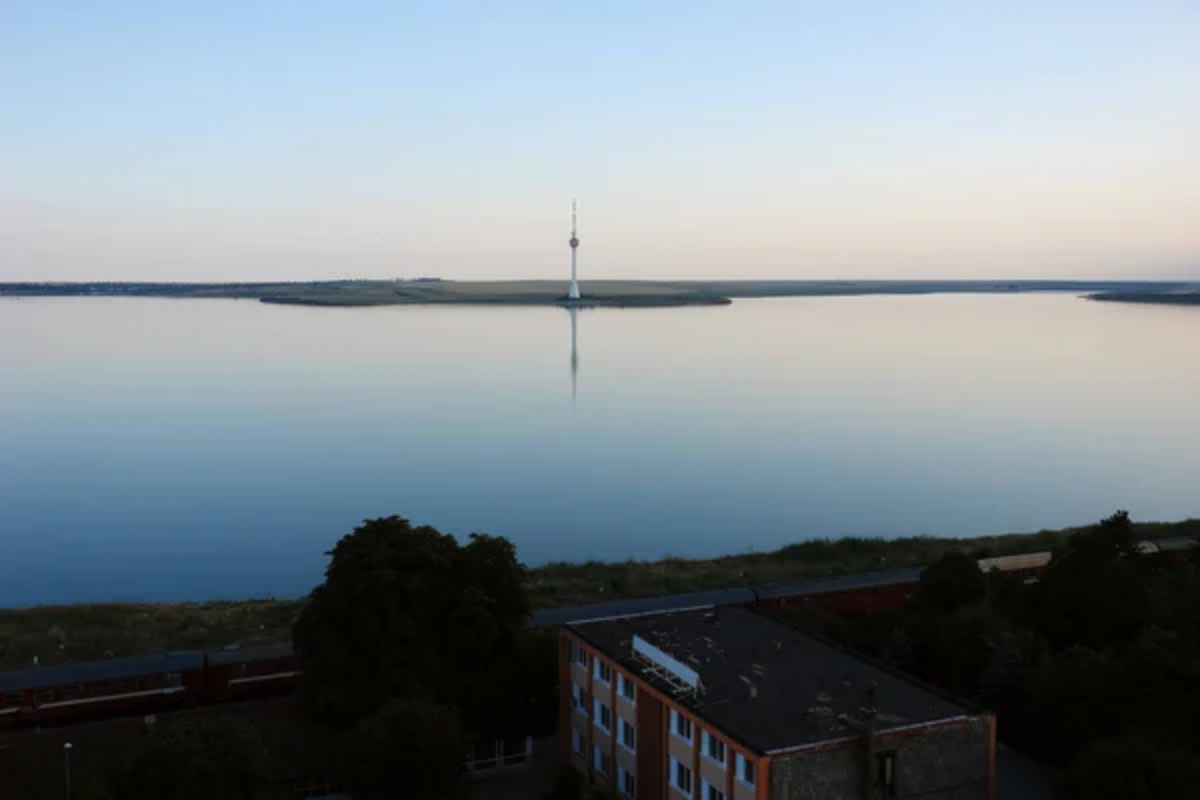
This small town is centered around the famous Lake Techirghiol, whose mud is renowned throughout Eastern Europe for its therapeutic properties. Unlike the beachfront resorts, Techirghiol focuses on health tourism with numerous sanatoriums and treatment centers dating back to the communist era.
The name comes from Turkish words meaning ‘Tekir’s lake,’ referring to a local legend about a disabled man who was healed after bathing in its waters.
Like Travel Pug’s content? Follow us on MSN.
Mangalia

Mangalia is the southernmost Romanian seaside town, boasting ancient history and modern amenities. Below the current city lie the ruins of the ancient Greek colony of Callatis, with archaeological remains scattered throughout the modern town.
The harbor area features yachts alongside traditional fishing boats, contrasting old and new maritime cultures.
Neptun
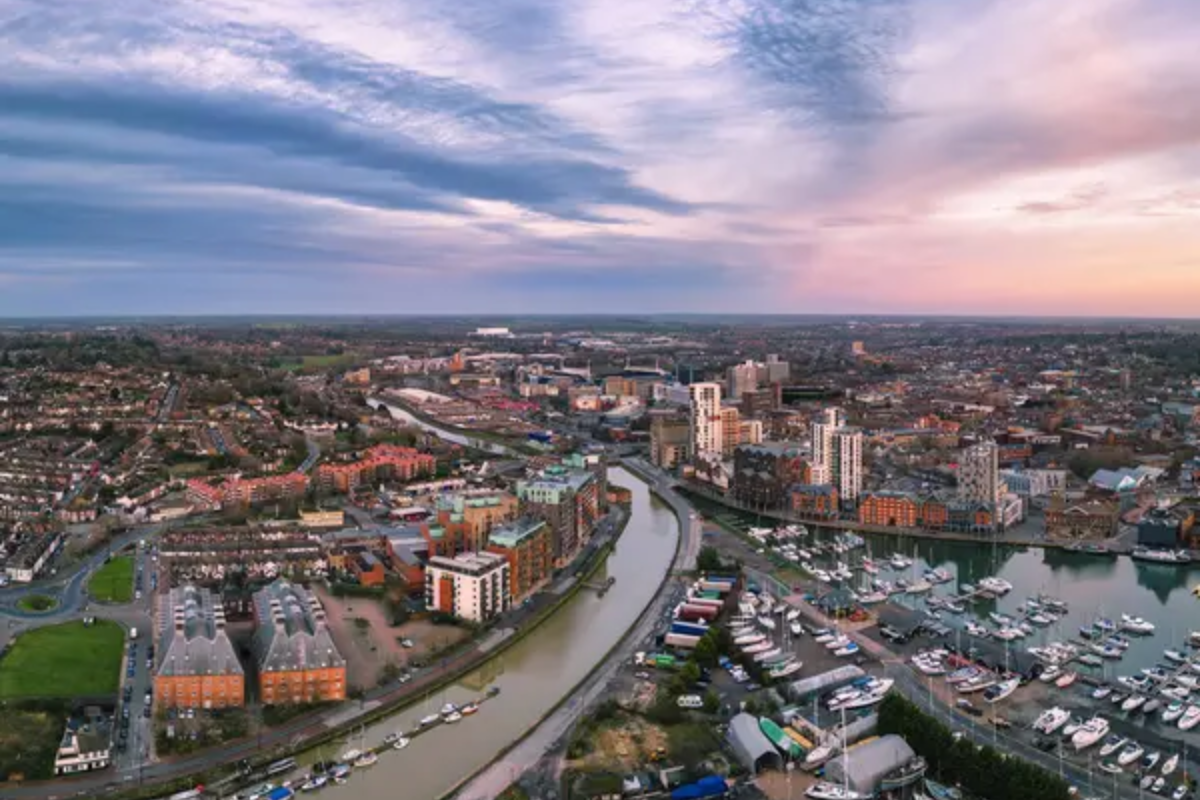
Developed as a resort town during Romania’s communist period, Neptun was originally designed as a retreat for political elites. The town is characterized by abundant greenery, with hotels and villas nestled among pine forests that reach almost the shoreline.
Several small lakes dotting the resort area create peaceful spots for afternoon strolls away from the beach crowds.
Jupiter
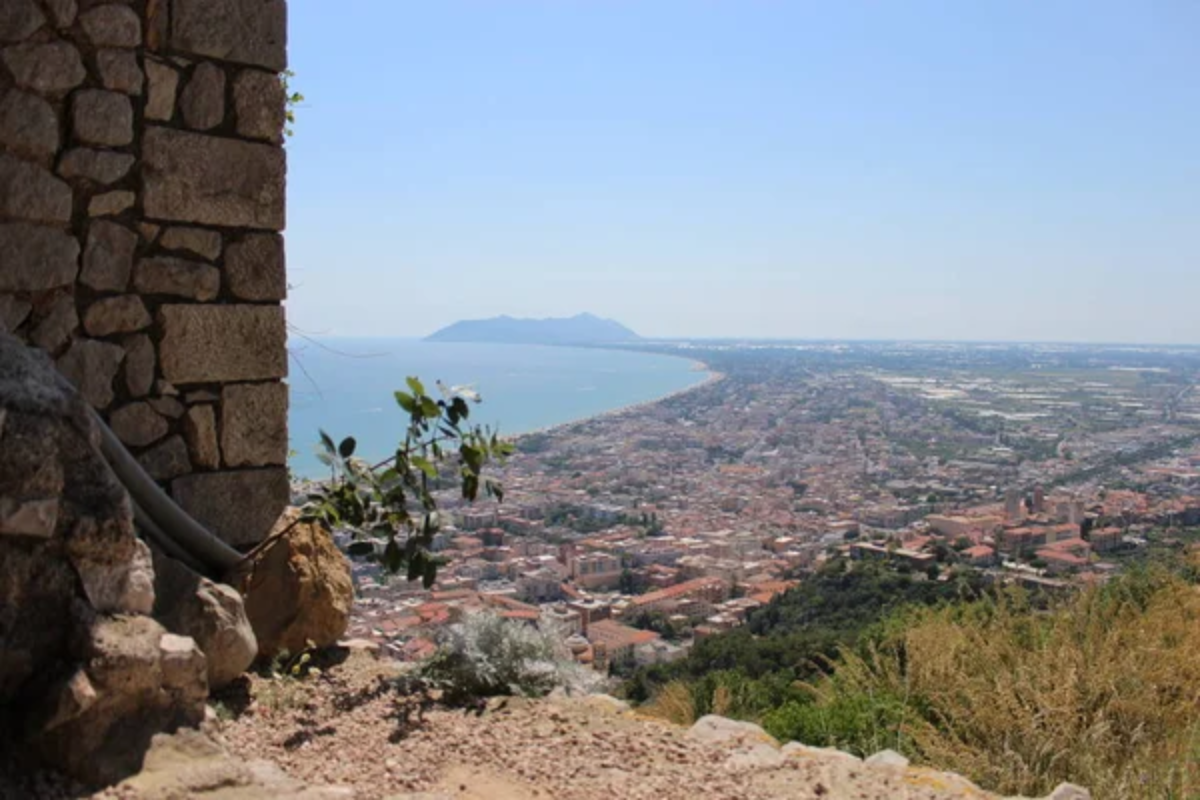
Named after the Roman god, Jupiter is one of the more relaxed resorts in the chain of towns south of Constanța. Its beaches feature unusually fine golden sand, considered some of the softest along the Romanian coast.
The town’s central area contains a small amusement park that becomes the evening gathering spot for families with children.
Like Travel Pug’s content? Follow us on MSN.
Saturn
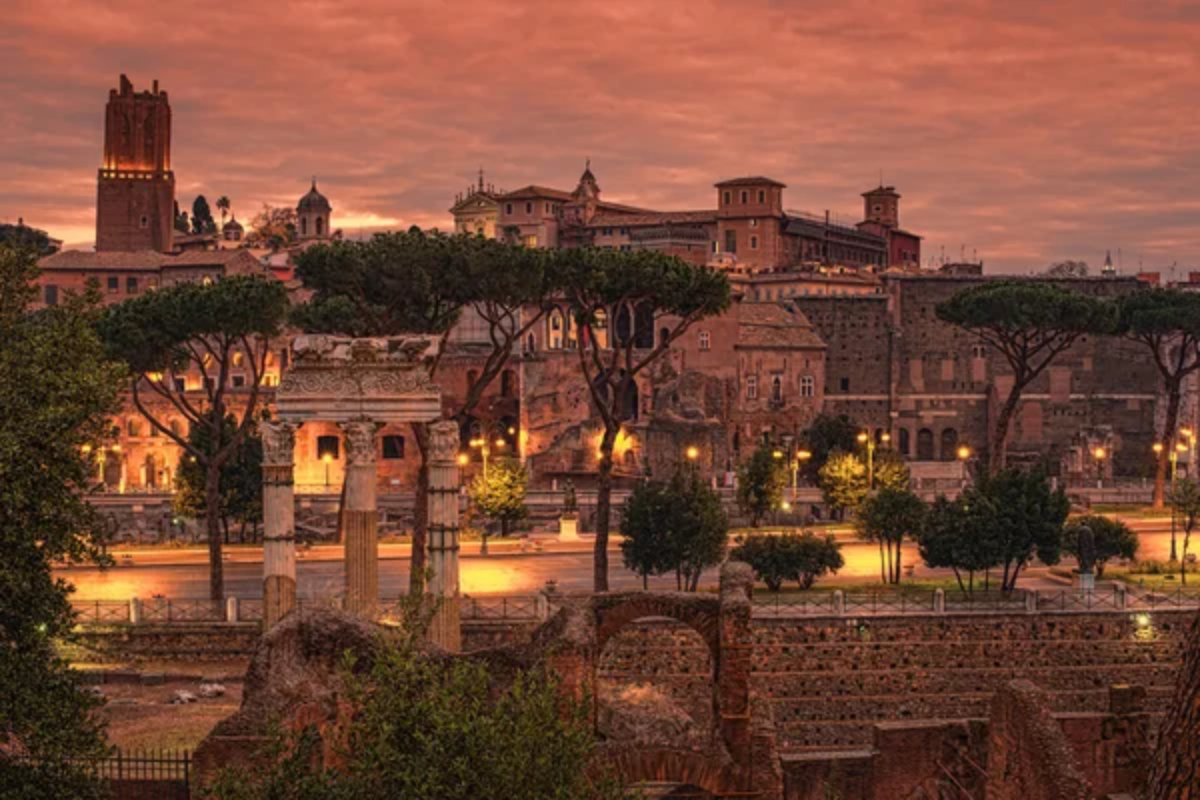
Designed with wellness in mind, Saturn features numerous spa facilities utilizing the Black Sea’s mineral-rich waters. The resort’s architecture reflects its development in the 1970s, with interesting geometric hotel buildings set among carefully planned gardens.
Saturn’s beaches are wider than many neighboring resorts, providing more space even during peak season.
Venus
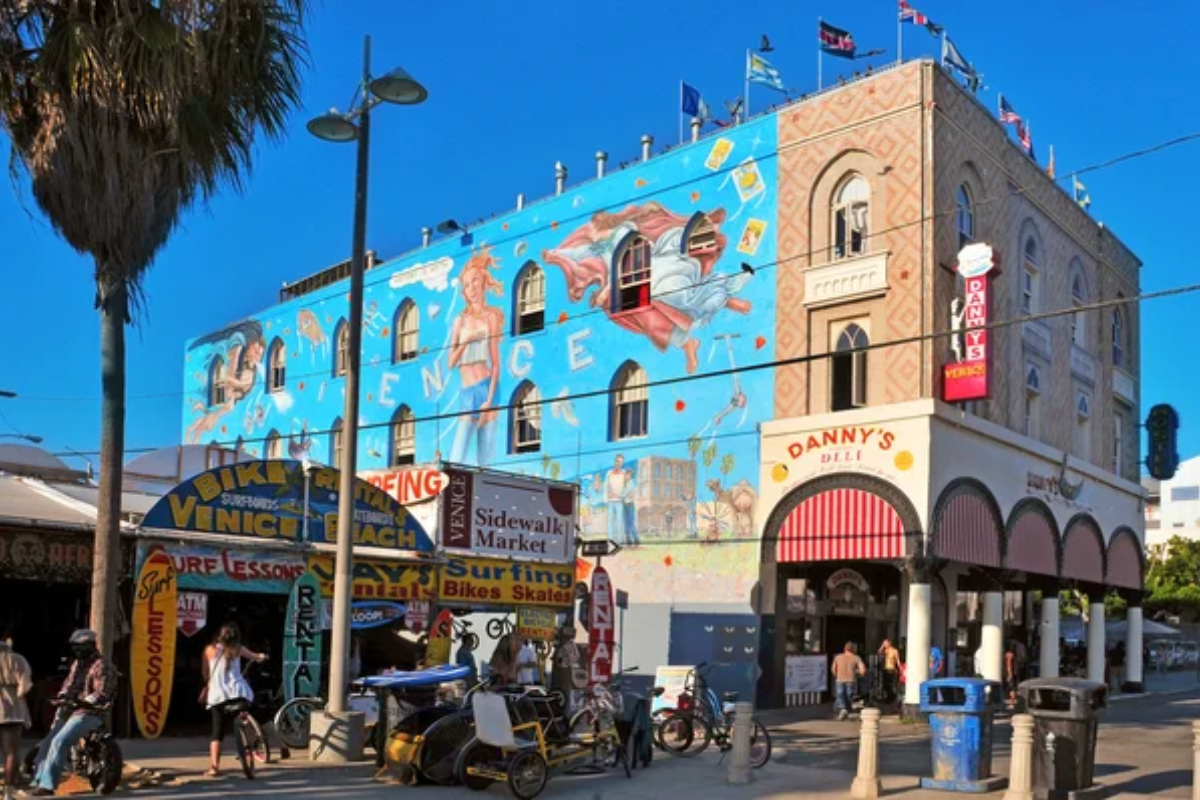
One of the smallest resort towns, Venus compensates for its size with excellent beaches and crystal-clear waters. The shoreline here features several small bays created by rock formations, providing natural swimming pools perfect for families with children.
Many accommodations maintain their mid-century charm, offering a nostalgic glimpse into Romanian seaside holidays of decades past.
Vama Veche
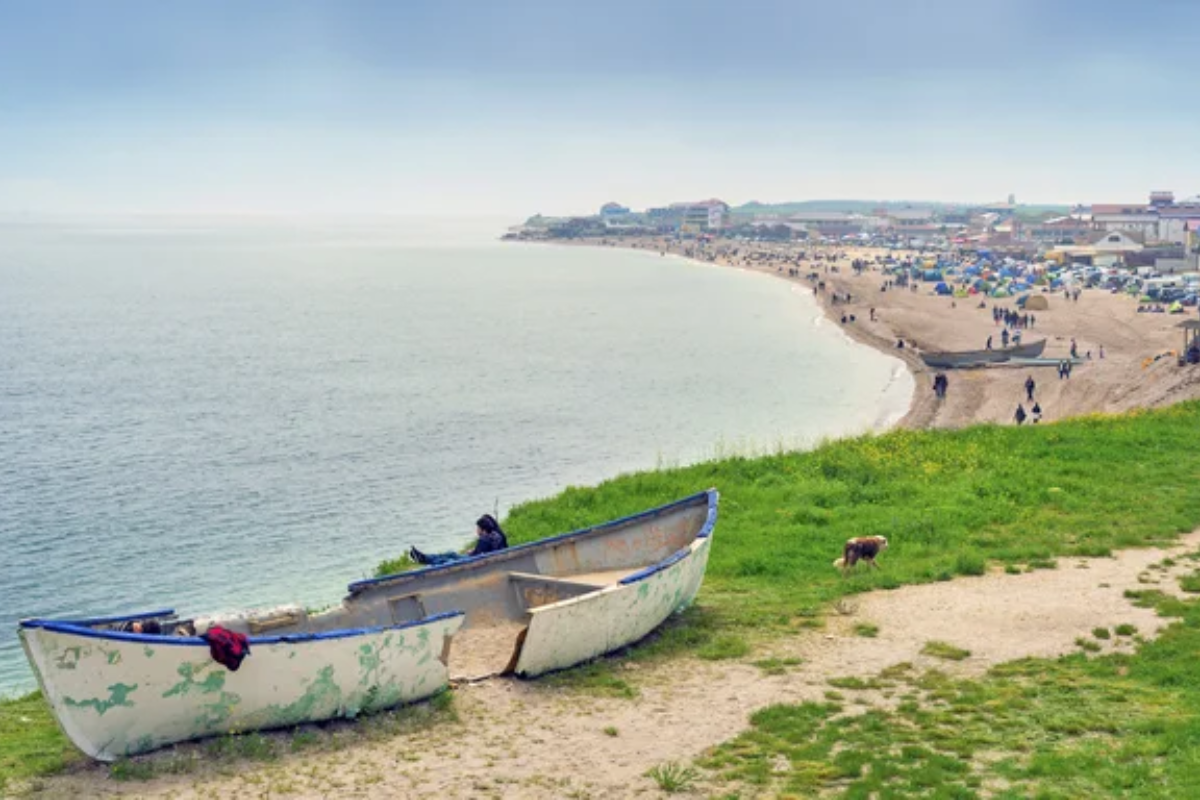
Once a bohemian fishing village and counterculture haven, Vama Veche retains much of its free-spirited atmosphere despite increased development. The town’s beach culture centers around campfires, acoustic music, and staying up to watch the sunrise over the Black Sea.
Unlike the more developed resorts to the north, Vama Veche maintains a certain rustic quality that attracts artists and free spirits.
Like Travel Pug’s content? Follow us on MSN.
2 Mai
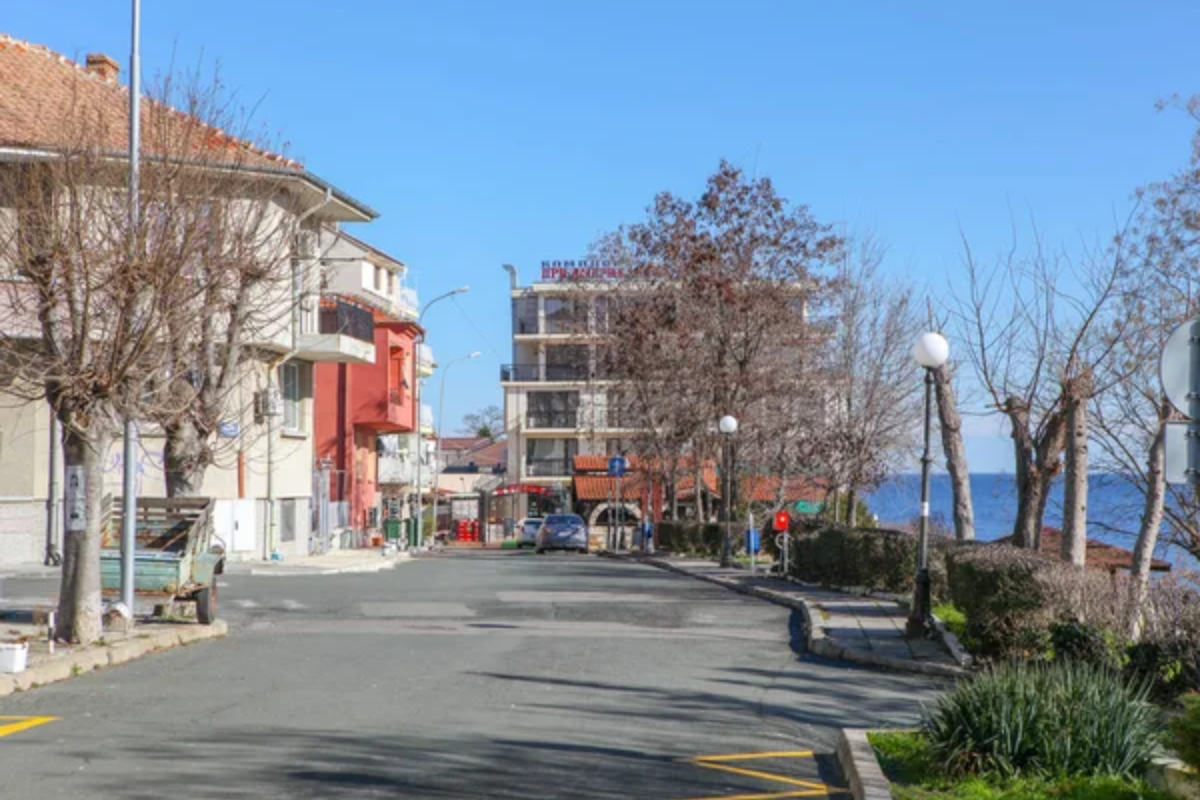
Just north of Vama Veche, 2 Mai offers a similar laid-back atmosphere but with slightly more amenities and family-friendly options. The village, named after its founding on May 2nd, features traditional Romanian coastal architecture alongside newer guesthouses.
Local fishermen still launch their boats directly from the beach each morning, providing visitors with a glimpse of traditional coastal livelihoods.
Costinești
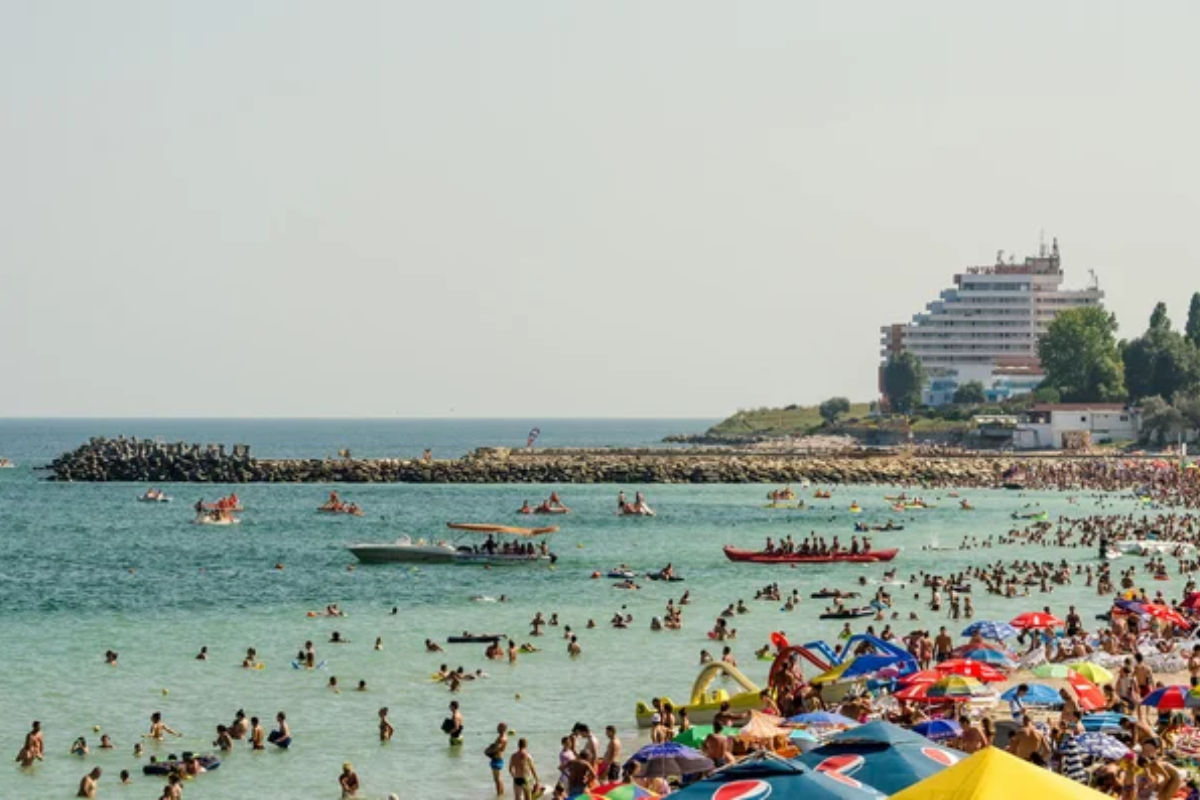
Popular with younger crowds, Costinești pulses with energy during summer when beach parties continue well into the night. The town’s landmark is the Evangelia shipwreck, which is visible from shore and creates a dramatic silhouette against the setting sun.
During the day, the wide beach offers plenty of water sports options and beachfront cafes serving simple, affordable meals.
Olimp
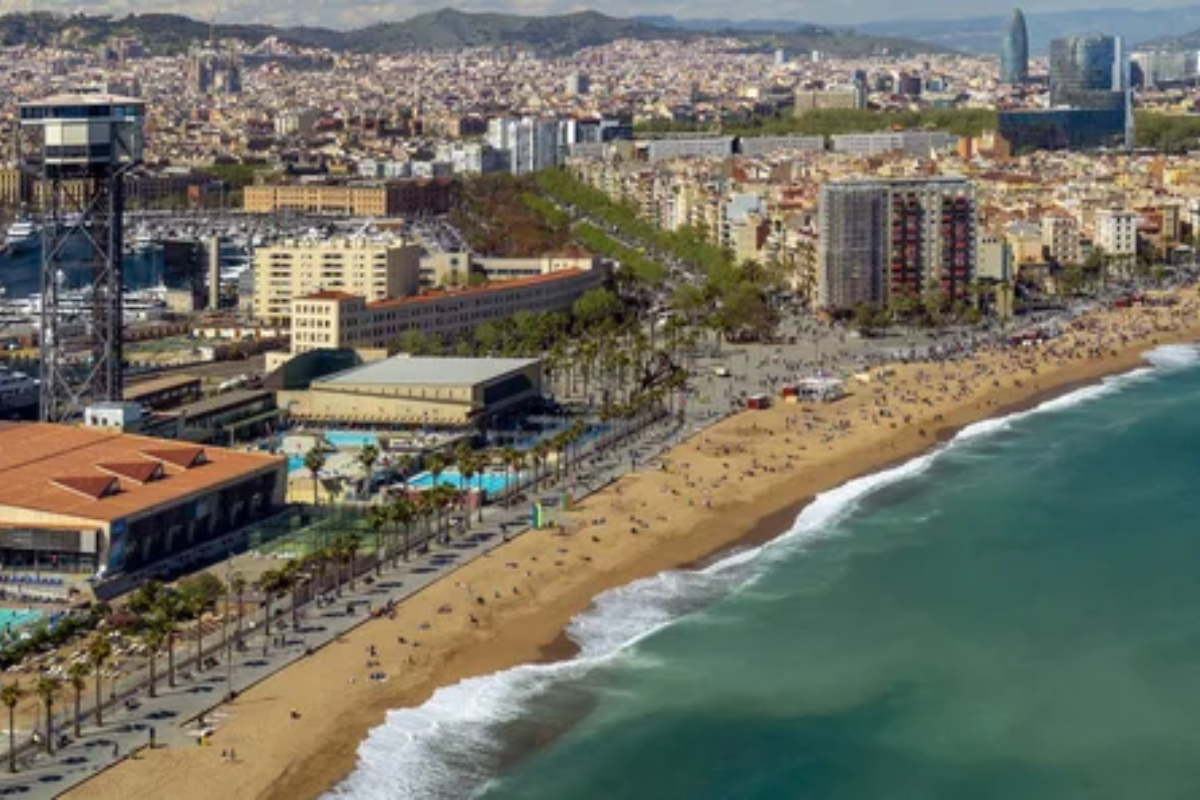
One of the first purpose-built resorts on the Romanian coast, Olimp features distinctive architecture from the 1970s that has become fashionably retro. The resort was designed with abundant green spaces between hotel complexes, creating a park-like atmosphere.
Recent renovation efforts have brought new life to some older structures while maintaining their unique character.
Like Travel Pug’s content? Follow us on MSN.
Cap Aurora
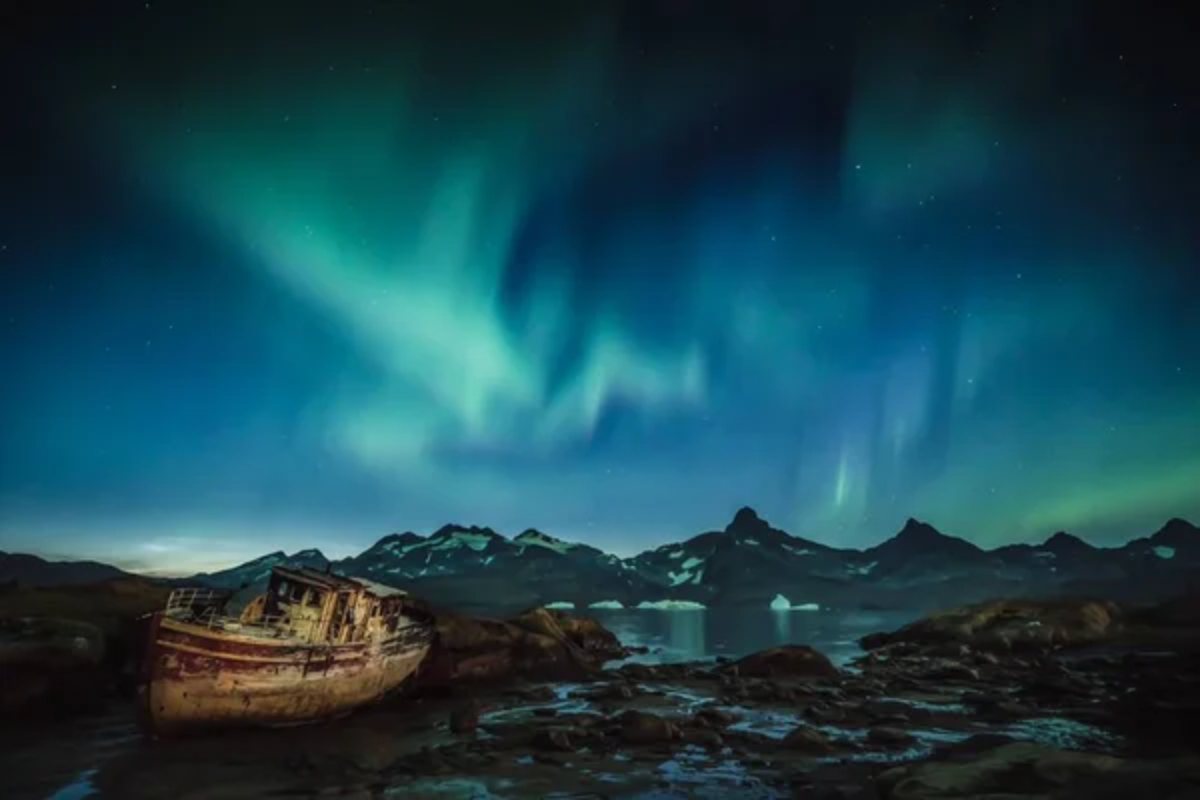
Cap Aurora is situated on a small cape jutting into the Black Sea and offers some of the most scenic coastal views along the Romanian shoreline. The resort’s elevated position provides panoramic vistas across the water and toward neighboring towns.
Morning walks along the cliffside paths reward early risers with spectacular sunrise views across an uninterrupted horizon.
Năvodari
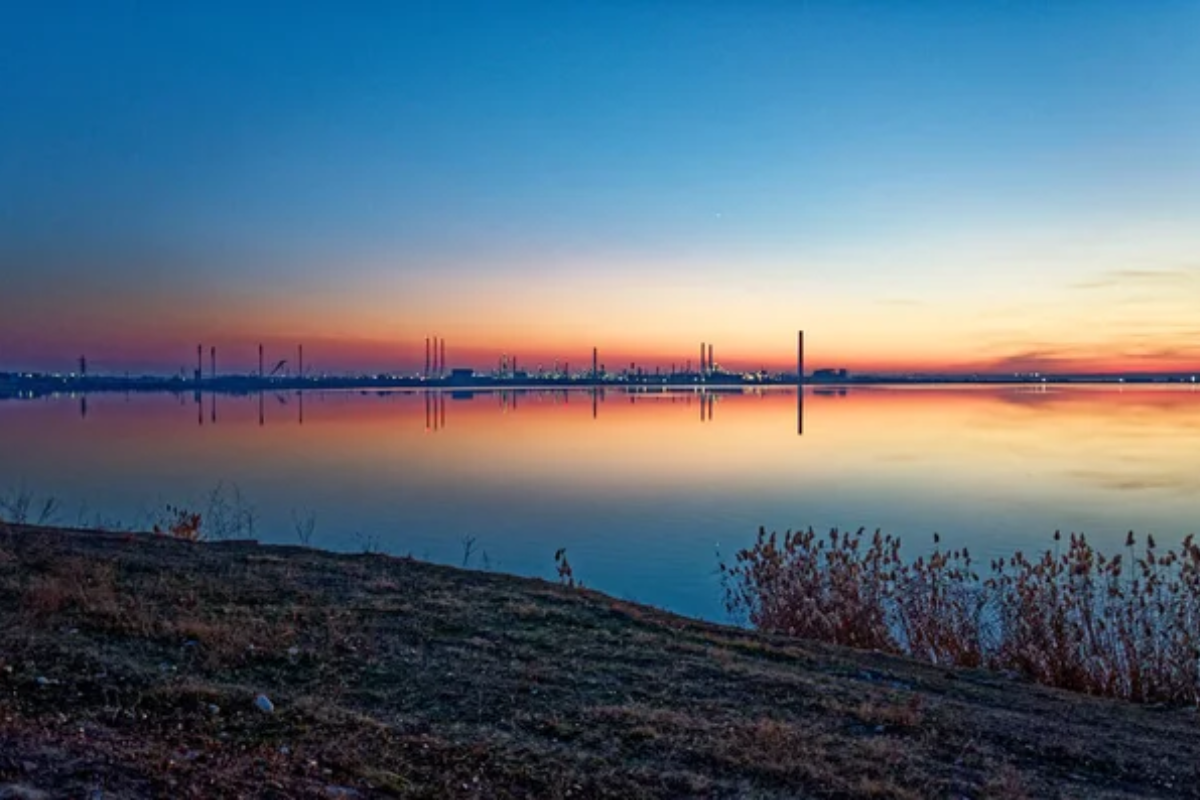
Originally developed around the petrochemical industries, Năvodari has reinvented itself as a family-friendly resort destination with excellent beaches. The town sits on a narrow strip of land between Lake Tașaul and the Black Sea, creating a unique microclimate.
Its northern beaches remain less crowded than those closer to Constanța, offering a more relaxed atmosphere even during high season.
Sulina
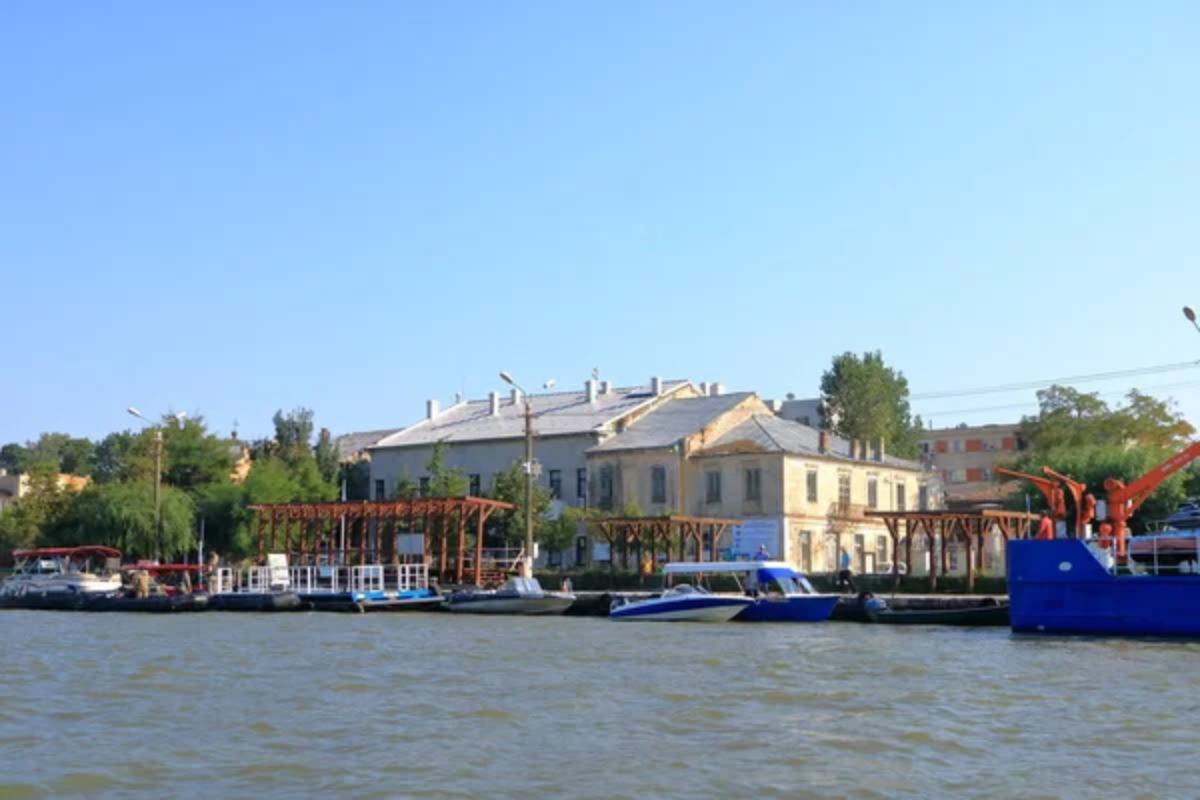
Located at the mouth of the Danube where the river meets the Black Sea, Sulina offers a completely different coastal experience. This former bustling port town served as the headquarters of the European Commission of the Danube and features a fascinating mix of architectural styles.
The town can only be reached by boat, which adds to its charm and has helped preserve its unique character and pace of life.
Like Travel Pug’s content? Follow us on MSN.
Sfântu Gheorghe
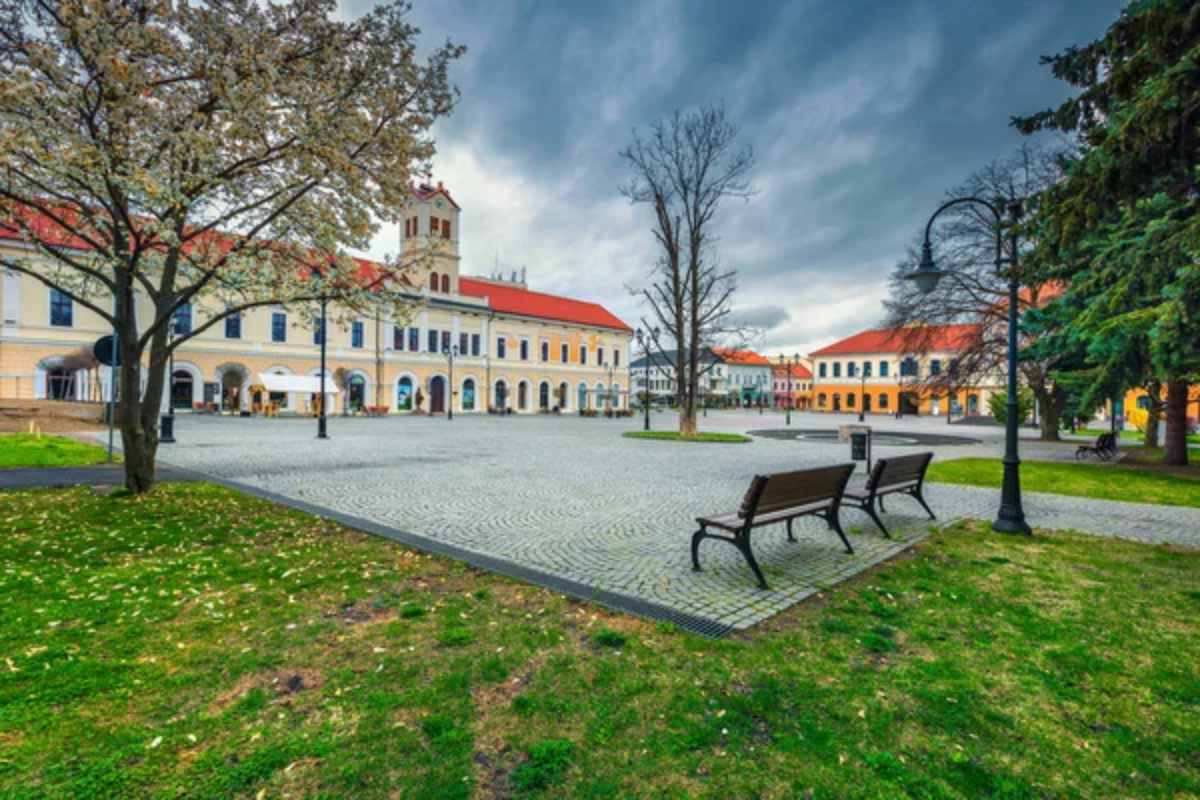
This remote fishing village sits where the southernmost branch of the Danube Delta meets the Black Sea, surrounded by some of Europe’s most important wetland ecosystems. The village maintains traditional reed-thatched architecture alongside newer developments catering to eco-tourists.
Its wild beach stretches for miles without development, offering a pristine coastal experience rarely found in Europe.
Limanu
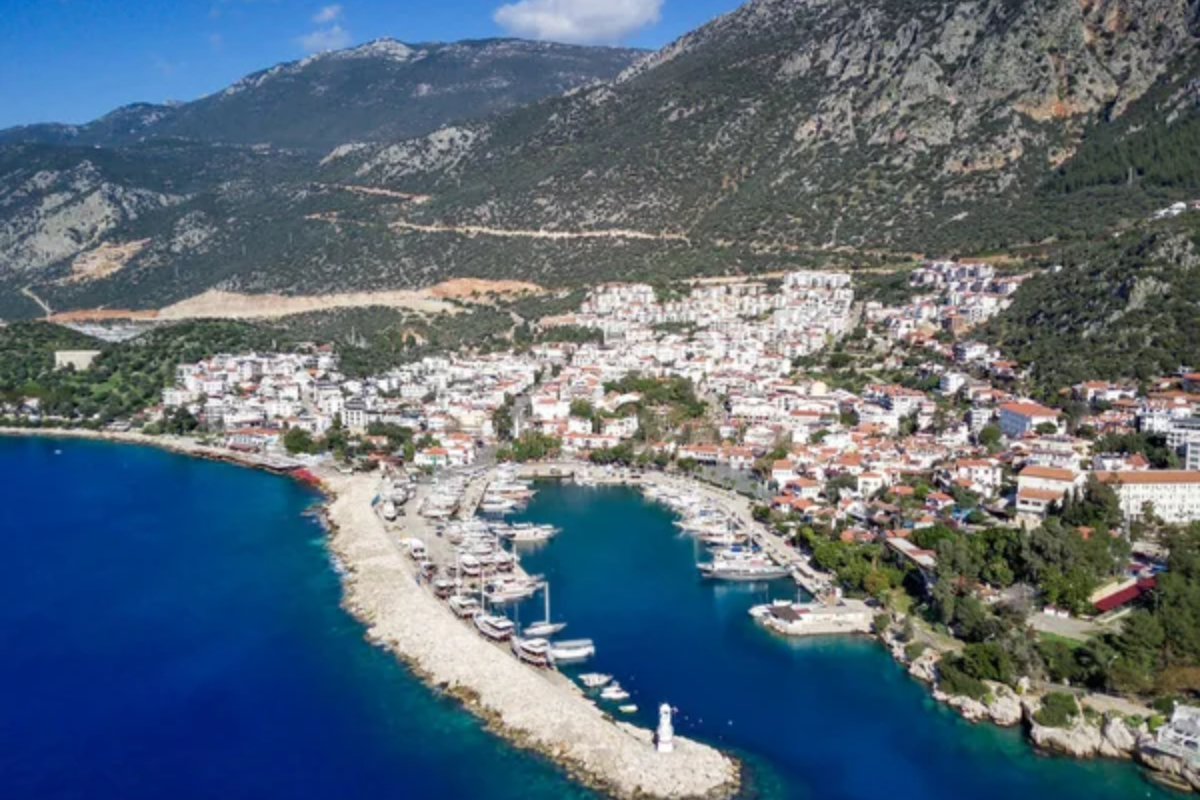
Known primarily for its nearby marina rather than beaches, Limanu offers a different coastal experience focused on boating and fishing. The village sits beside Lake Mangalia, connected to the sea by a narrow channel that allows boats to shelter in the calm lake waters.
Nearby limestone caves contain evidence of human habitation dating back thousands of years, adding historical interest to the natural beauty.
Corbu
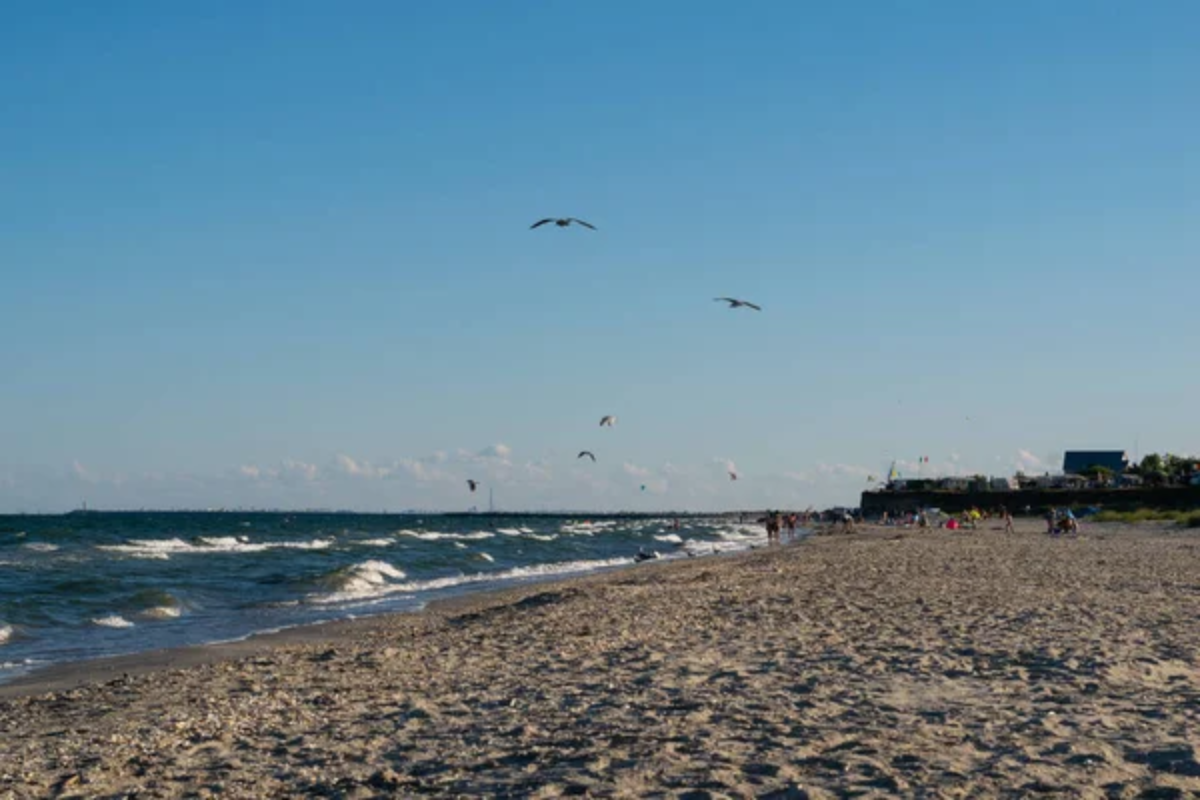
Corbu features wide sandy beaches backed by low dunes rather than concrete developments, representing one of the last undeveloped stretches of the Romanian coast. The village maintains a rural character with small farms sometimes operating right up to the beach area.
Environmental protection efforts have helped preserve this area as development has transformed other parts of the coast.
Like Travel Pug’s content? Follow us on MSN.
Where Past Meets Future
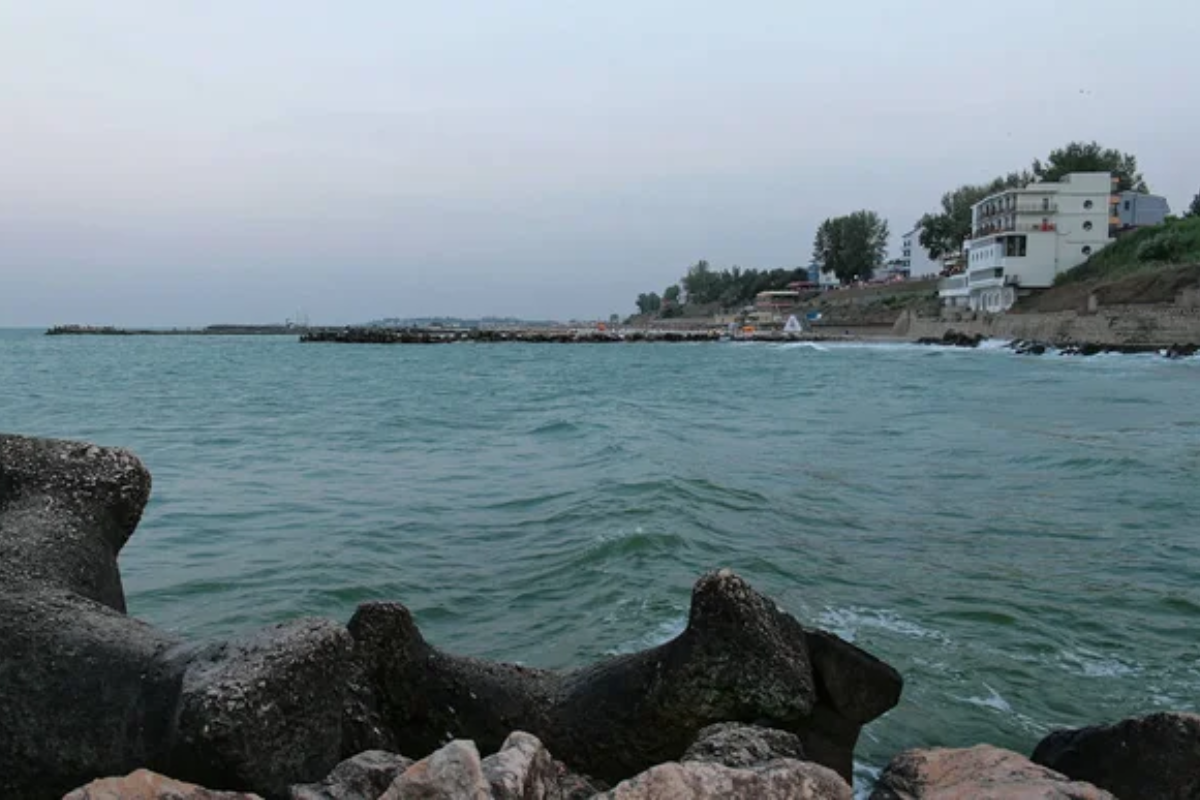
Romania’s coastal towns reflect the country’s complex history, from ancient Greek colonies to Ottoman influences, communist-era development, and modern European integration. Today, these diverse communities balance preserving their unique heritage while adapting to contemporary tourism demands.
The relatively compact nature of Romania’s 140-mile coastline means visitors can experience this remarkable variety within a single trip. As infrastructure improvements continue and more international travelers discover these gems along the Black Sea, the Romanian coast stands poised for a renaissance while hopefully maintaining the authentic character that makes it special.
More from Travel Pug

- Cities Growing so Fast You Won’t Recognize Them in 10 Years
- 13 Destinations Where Tourists Regularly Regret Their Trip
- 16 U.S. Cities That Are Quietly Becoming Travel Hotspots
- Where to Travel If You Love Long Bus Rides and Daydreams
- 20 Cities Perfect for Solo Travelers Who Crave Adventure & Culture
Like Travel Pug’s content? Follow us on MSN.
